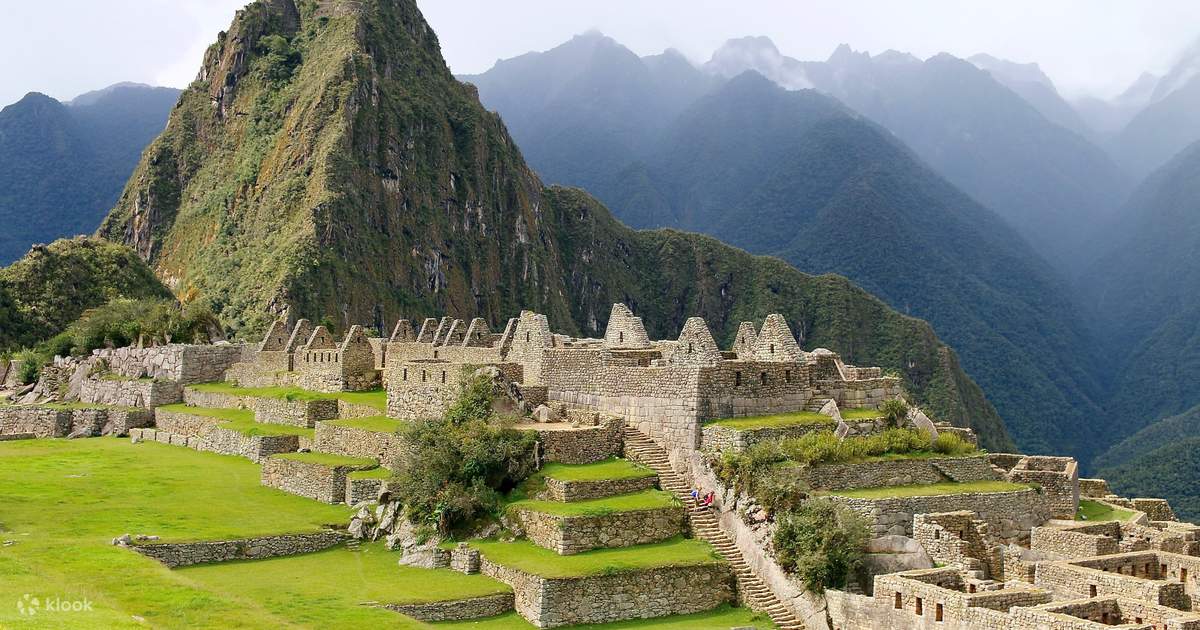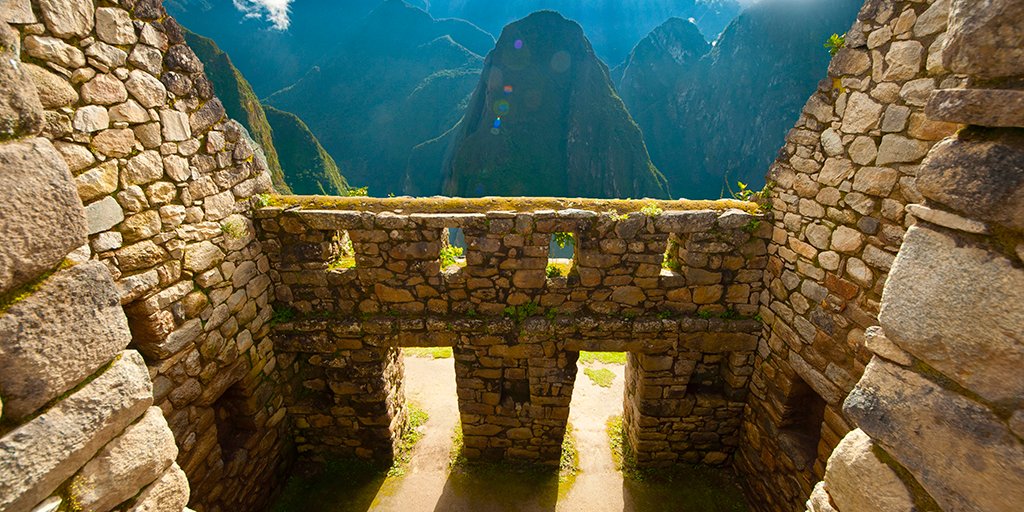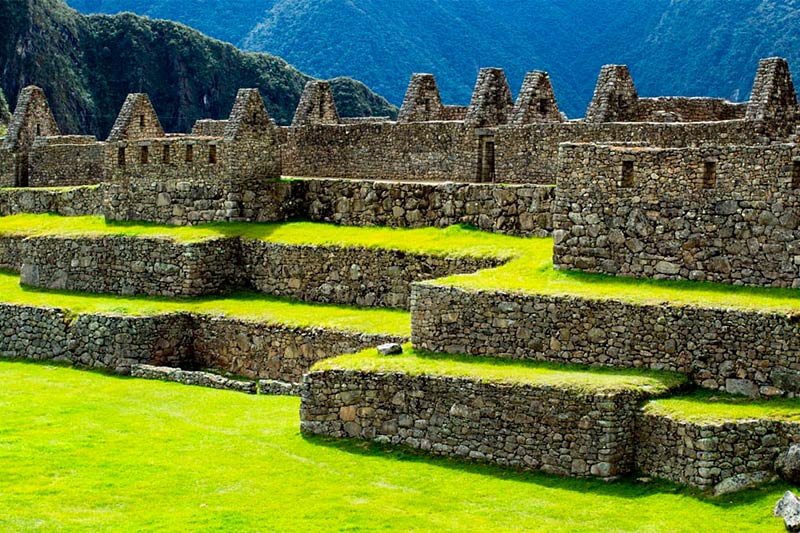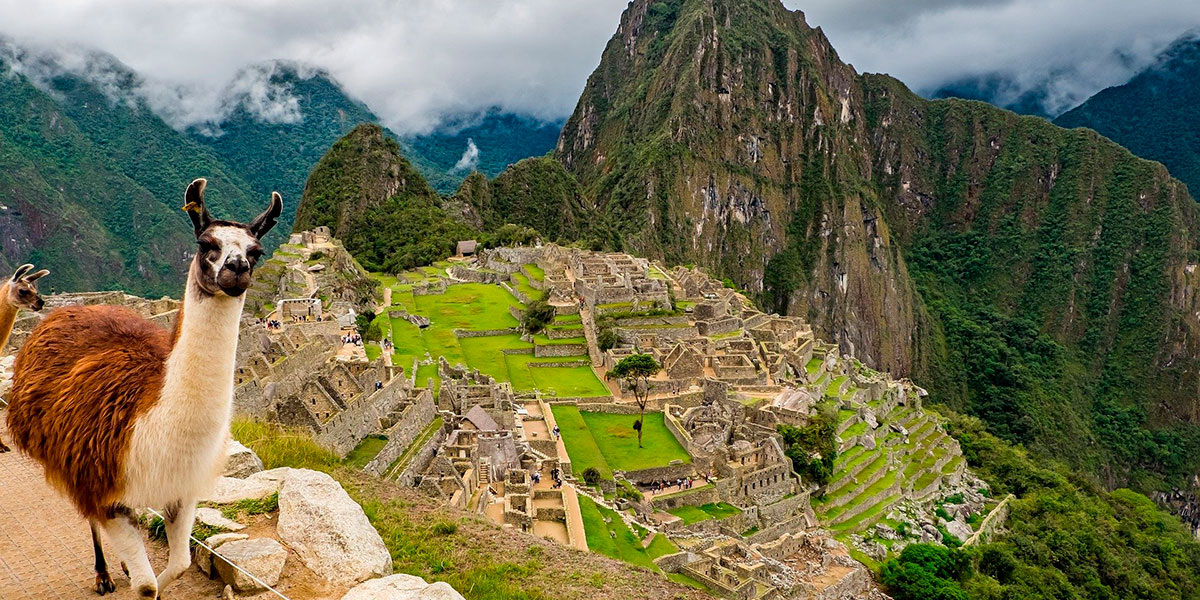Machu Picchu Architecture, which is graded as a World Heritage site by UNESCO, not only leaves tourists in awe with its original design and heritage but also sets a new standard for ecotourism. Moreover, it clearly demonstrates that current technology and design can, in fact, be harnessed to promote tourist activities without destroying its historic plan and heritage.
Merging Ancient and Modern Machu Picchu Architecture
Machu Picchu showcases the Inca’s engineering prowess, with expertly cut stone walls and terraces seamlessly integrated into the Andes landscape. In addition, the site highlights the Incas’ extensive knowledge of agriculture, astronomy, and architecture, using locally quarried stone to build its temples, palaces, and terraces.

For meeting growing tourism needs, new infrastructural developments have recently been built adjacent to the location. Therefore, they assist travelers without putting historic architecture at risk. In due course, they even maintain the historical position without disrupting the movement for anyone.
Sustainable Design Projects
As a step toward balancing conservation and tourism, authorities have adopted sustainable design approaches near Machu Picchu. Several projects still require implementation, including:

- Eco-Friendly Tourist Facilities: Constructed using an eco-friendly material, tourist facilities provide an eco-friendly environment to the visitor so that he may plan his visit without any damaging effect on nature.
- Eco-Friendly Tourist Transportation: Notably, the Machu Picchu Pueblo Railway and electric buses significantly reduce emissions while also preventing environmental encroachment.

- Green Trails: Green trails actively reduce erosion while preserving a natural balance, ultimately lowering the environmental footprint.
- Waste Disposal and Water Conservation: Advanced recycling and water treatment facilities sustain the region’s natural system and beauty.
Optimizing Visitor Experience with Design
Visitor experience was maximized without compromising the integrity of Machu Picchu Architecture through integrated thoughtful design. These are:

- Interactive Electronic Signs: Augmented Reality tours and interactive signs provide educational experiences and keep visitors actively engaged in visitor centers.
- Smooth Integration with the Environment: Modern infrastructure, including hotels and rest stops, harmonizes with the surrounding nature and local cultural heritage, maintaining the site’s beauty.
A Legacy of Machu Picchu Architecture and Sustainability

Machu Picchu Architecture seamlessly combines Incan ancient engineering with contemporary sustainable architecture, ensuring both the preservation of its legacy and an enriching tourist experience for future generations. As global tourism embraces sustainability, Machu Picchu stands as a prime example of how innovation can protect heritage sites. Its thoughtful fusion of old and new architecture creates a timeless connection between the past, present, and future.



